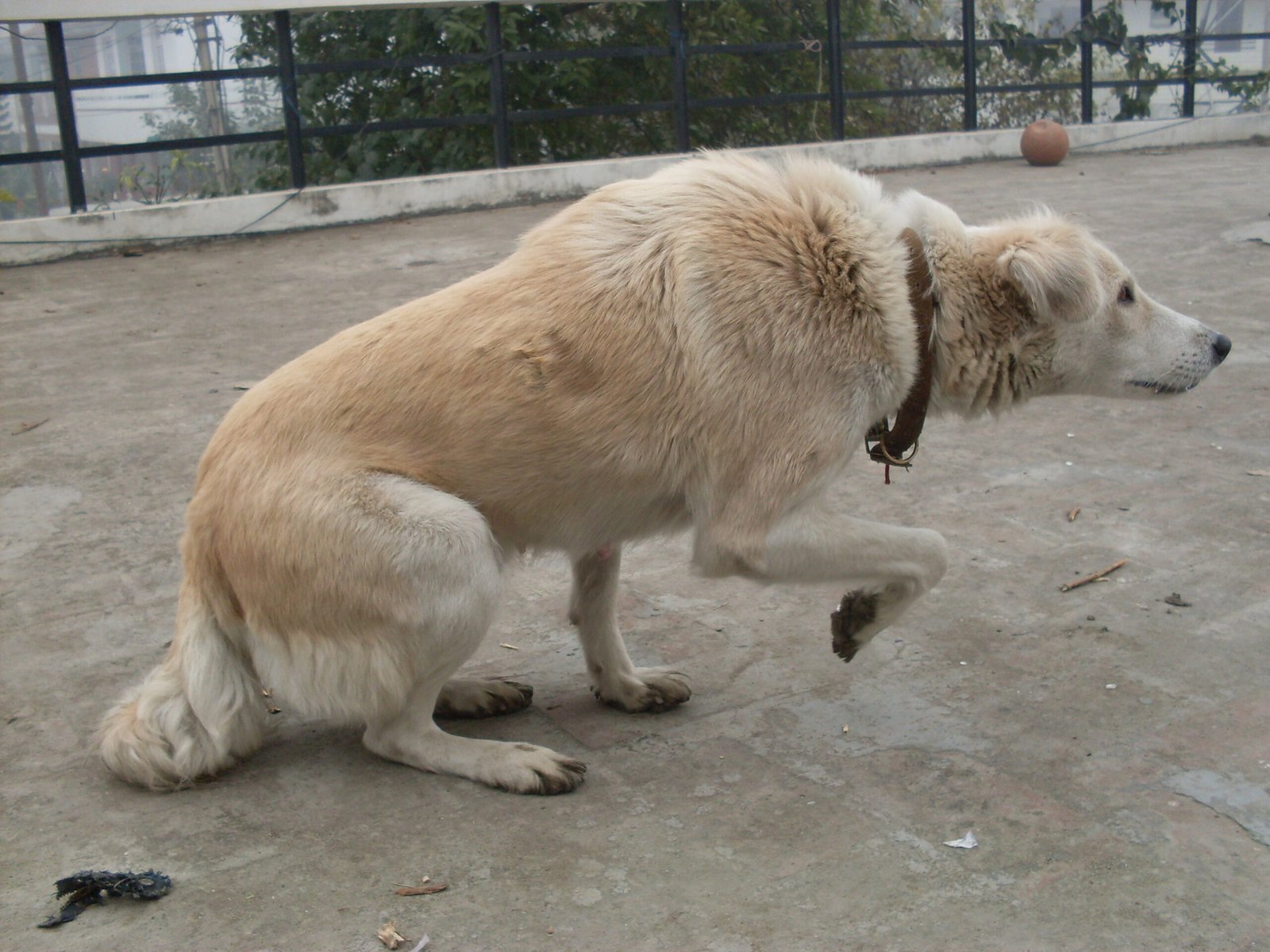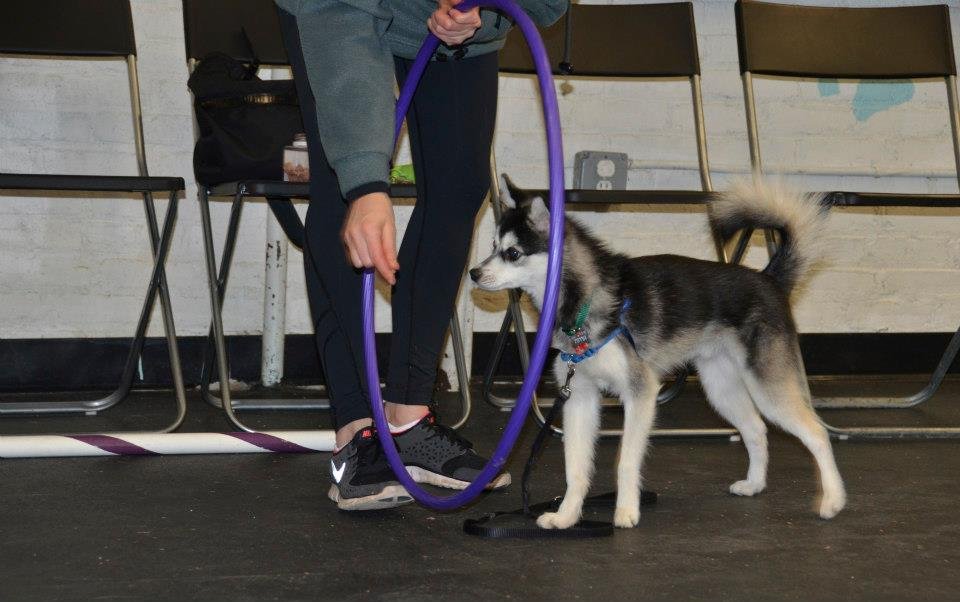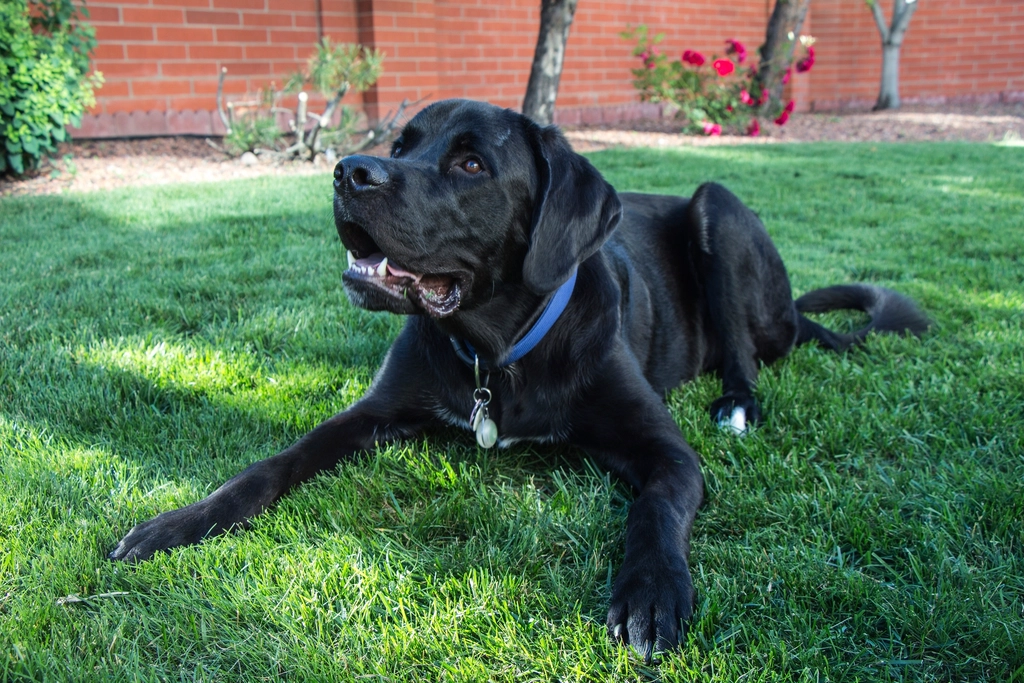Have you ever wondered what your dog is really trying to tell you with those wagging tails and curious eyes? It’s a common misconception that understanding a dog’s body language is straightforward. But what if I told you that misreading these signals could lead to dangerous situations? Dogs, just like humans, have their own ways of communicating, and sometimes, they’re desperately trying to tell us something important. Misinterpretations can lead to misunderstandings, and in some cases, these misunderstandings can escalate into something more serious. So, how well do you really know your furry friend’s body language?
Your dog’s tail wag or lowered ears might not mean what you think. Misinterpreting canine body language is more common than you’d expect—and it can lead to confusion, missed warning signs, or even bites. Understanding your dog’s posture, facial expressions, and vocal cues is key to building trust and preventing stressful situations. Learning the subtle language of dogs doesn’t just keep you safer—it deepens your bond in ways that words never could.
The Wagging Tail: More Than Just Happiness
When most people see a dog wagging its tail, they immediately assume the dog is happy. However, a wagging tail can mean a variety of things depending on its speed, direction, and position. A slow wag might indicate uncertainty, while a fast wag could be a sign of excitement or even aggression. The position of the tail also plays a crucial role; a high tail might mean the dog is confident, whereas a low tail could signify submission or fear. It’s essential to consider the entire context to truly understand what your dog is trying to communicate.
Understanding Ears: Signals of Attention and Emotion

A dog’s ears are incredibly expressive and can provide significant insight into their current emotional state. Erect ears often indicate that a dog is alert and attentive, ready to react to any situation. Flattened ears, on the other hand, might suggest fear or submission. Some dogs even have naturally floppy ears, which can make reading their signals more challenging. Paying close attention to the subtle movements of the ears in conjunction with other body signals can help you better understand your dog’s emotions.
The Eyes Have It: Reading Your Dog’s Gaze
Eye contact in dogs is another powerful form of communication. A direct stare might be a challenge or a sign of dominance, whereas a soft, relaxed gaze usually indicates friendliness or contentment. Dogs that avoid eye contact might be feeling anxious or guilty. Observing the eyes in combination with facial expressions and other body cues will provide a more comprehensive understanding of what your dog is feeling.
Posture and Stance: What the Body Tells Us

A dog’s posture can reveal a lot about their confidence and mood. A relaxed and loose posture typically signifies a comfortable and happy dog. Conversely, a stiff and rigid stance might indicate aggression or fear. The way a dog positions its body in relation to others can also be telling. For example, a dog that leans forward might be showing interest or curiosity, while a dog that leans away could be expressing discomfort or apprehension.
Facial Expressions: More Than Just a Cute Face
Dogs have a wide range of facial expressions that can communicate everything from joy to fear. A relaxed mouth and soft eyes are often signs of a content dog. However, a tense mouth or a wrinkled forehead might suggest stress or anxiety. It’s crucial to look at these expressions in context with the rest of the body language to avoid misinterpretations.
The Importance of Context: Reading the Whole Picture

One of the biggest mistakes people make is focusing on a single aspect of a dog’s body language without considering the entire context. Dogs communicate through a combination of signals, and understanding them requires looking at the whole picture. By paying attention to all the cues, you can gain a more accurate understanding of what your dog is trying to convey.
Common Misinterpretations: Avoiding Dangerous Assumptions
Misreading a dog’s body language can lead to dangerous situations, especially if the dog feels threatened or misunderstood. For instance, approaching a dog that is showing signs of fear or aggression can result in a defensive reaction. Educating yourself on common misinterpretations can help prevent these situations, ensuring both you and your dog remain safe.
Training and Socialization: Building Better Understanding

Training and socialization play a vital role in understanding and interpreting your dog’s body language. Through positive reinforcement and consistent interaction, you can learn to recognize your dog’s unique signals and respond appropriately. Socialization also helps dogs become more comfortable in various situations, making their body language easier to read.
The Role of Breed: How Genetics Influence Communication

Different dog breeds have unique ways of expressing themselves, influenced by their genetic makeup. For example, some breeds are more vocal and use barking as a form of communication, while others rely more heavily on body language. Understanding the specific traits of your dog’s breed can provide valuable insights into their communication style.
Building a Stronger Bond: The Benefits of Understanding Your Dog
By learning to accurately read your dog’s body language, you can build a stronger and more trusting relationship. This understanding fosters better communication and can enhance your bond, leading to a happier and more fulfilling companionship. It also allows you to respond to your dog’s needs more effectively, creating a harmonious living environment for both of you.
In conclusion, understanding your dog’s body language is not just about interpreting wagging tails and playful barks. It involves a comprehensive understanding of various signals that can prevent dangerous situations and strengthen your bond. So, next time your furry friend tries to tell you something, will you listen more closely?
Jen is a passionate nature lover and ocean conservationist. She has dedicated her life to protecting the environment and preserving the beauty of the natural world. Growing up in a small coastal town, Jen sincerely appreciated the ocean and its inhabitants. She has spent countless hours exploring the shoreline, learning about the creatures that inhabit the waters, and advocating for their protection. Jen is an active member of ocean conservation organizations, and she is committed to educating the public about the importance of conserving wildlife and the natural environment.





